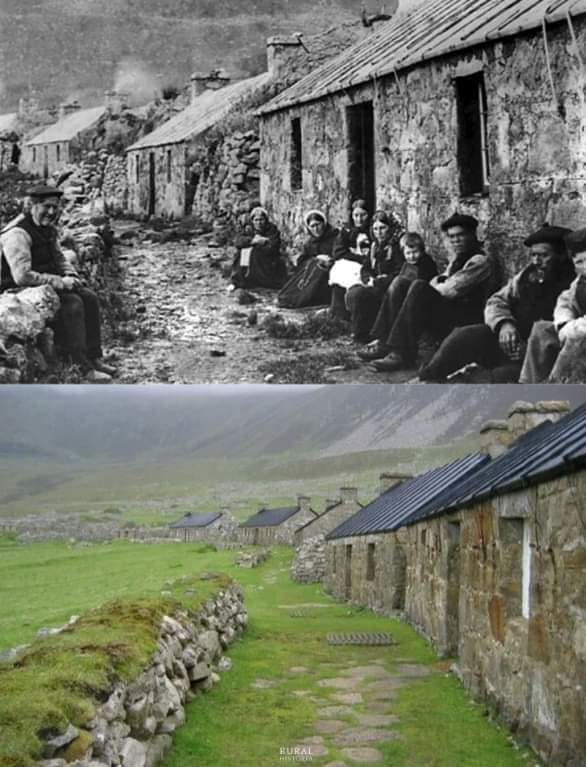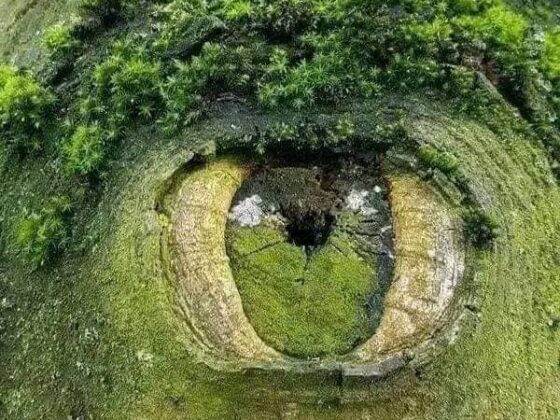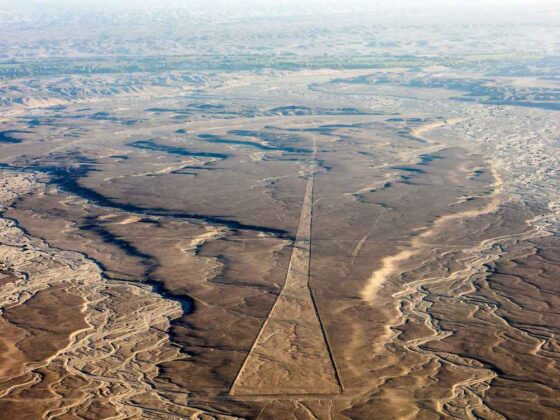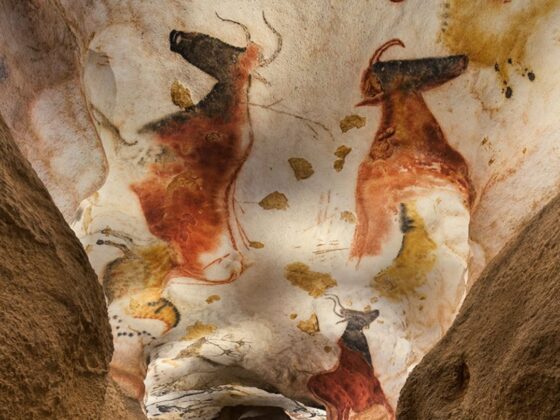Hirta Island, the largest in Scotland’s St Kilda archipelago, was inhabited for over 2,000 years before its evacuation in 1930. Archaeological evidence confirms continuous human presence on the island throughout this period.
In 1861, the island’s residents built sixteen single-story cottages with chimneys and slate roofs along what they called the “main street.” These homes replaced older blackhouses damaged by a hurricane. The community sustained itself through crofting, a traditional form of small-scale farming involving crops and livestock.
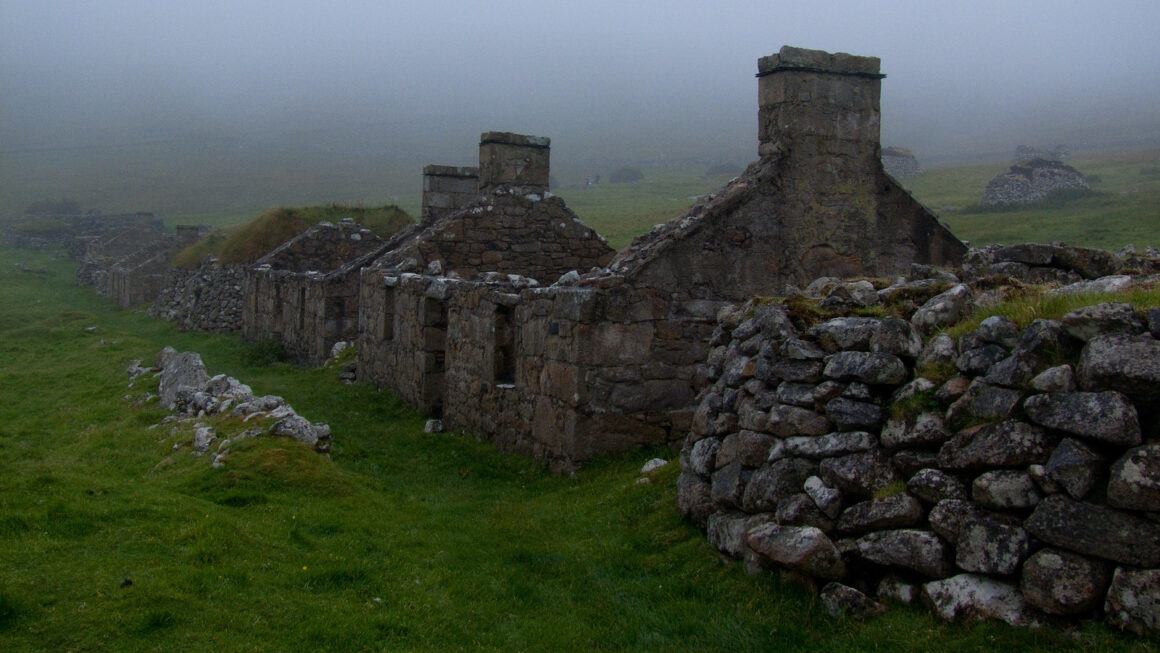
The islanders’ diet primarily consisted of seabirds and their eggs, as the dangerous waters surrounding Hirta made fishing difficult. The community raised Soay sheep, a primitive breed that still inhabits the island today.
By the early 20th century, Hirta’s population began to decline due to various factors. Diseases brought by visiting tourists and the impact of World War I contributed to this decrease. The population fell from 112 in 1851 to just 36 by 1930.
In 1930, the remaining residents petitioned to evacuate the island, citing unsustainable living conditions. On August 29, 1930, the last permanent inhabitants left Hirta, ending millennia of continuous habitation.
Today, Hirta is uninhabited but remains a dual UNESCO World Heritage Site, recognized for its cultural and natural significance. The island now serves as a home to unique wildlife, including the Soay sheep and numerous seabird colonies. The abandoned village, with its row of cottages, stands as a reminder of the community that once lived there.
